Follow 👆 the public account and reply "python" to get the zero-based tutorial! Source from the internet, delete if infringingWeb scraping is a very interesting technology that can be used to obtain things that others cannot access or need to pay for, and it can also automatically crawl and save large amounts of data, reducing the time and effort needed to do tedious tasks manually.
[Tutorial How to Get It at the End of the Article!!]
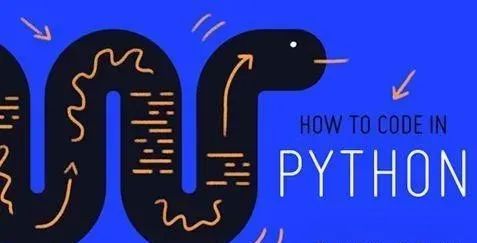
Simply put, a web scraper is like a probing machine. Its basic operation is to simulate human behavior by wandering around various websites, clicking buttons, checking data, and then bringing back the information it sees.
In fact, it resembles the bugs mentioned earlier crawling around, so the name Python web scraper is quite vivid.
2. Understanding the Essence of Web Scraping
The essence of web scraping is to simulate a browser opening a webpage and retrieving the part of the data we want from it.
The process of a browser opening a webpage: When you enter an address in the browser, it finds the server host through the DNS server, sends a request to the server, and after parsing, the server sends the results back to the user’s browser, including HTML, JS, CSS, and other file contents. The browser then parses this and presents the final result to the user in the browser.
Therefore, the result seen by the user in the browser is composed of HTML code. Our goal as scrapers is to obtain this content by analyzing and filtering the HTML code to extract the resources we want.
To learn Python web scraping, you need to address the following four questions:
1. Familiarity with Python Programming
Familiarity with Python programming is essential. Python is a computer programming language, an object-oriented dynamically typed language, originally designed for writing automation scripts (shell). With continuous updates and new features added to the language, it is increasingly used for the development of independent, large-scale projects.
Thus, Python programming is the process of using the Python language for computer programming.
2. Understanding HTML
Understanding HTML is crucial. HTML is a language used to describe web pages.
HTML stands for Hyper Text Markup Language.
HTML is not a programming language but a markup language (markup language).
A markup language is a set of markup tags.
HTML uses markup tags to describe web pages.
3. Understanding the Basic Principles of Web Crawlers
The basic principle of web crawlers is that they are an important component of search engine crawling systems. The main purpose of a web crawler is to download webpages from the internet to create a local mirror backup of the content. This blog provides a simple overview of crawlers and crawling systems.
A general framework for web crawlers is shown in the figure:
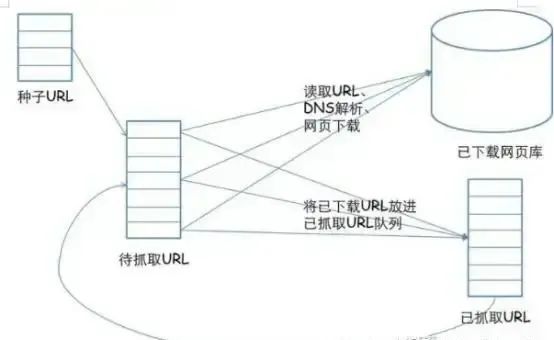
4. Learning to Use Python Scraping Libraries
The requests library is a simple and easy-to-use HTTP library implemented in Python. It is much simpler to use than urllib. Since it is a third-party library, it needs to be installed via cmd before use. Find the path of the Scripts in the Python installation path:
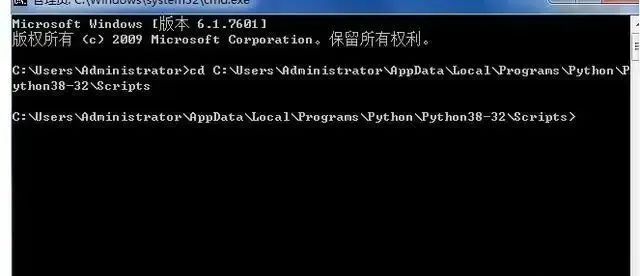
3. Correctly Understanding Whether You Are Suitable for Python Web Scraping
The most important and simplest step to start with Python web scraping is to be interested in it! Interest is crucial!
As a seasoned Python scraping enthusiast, I believe that regardless of what you are learning, you should start with interest and persist in order to truly master it.
When you first start with web scraping, you don’t even need to learn the more difficult concepts like classes, multithreading, or modules in Python. Instead, follow your own ability and based on your learning goals—whether for work, hobbies, or even to grow into a Python scraping expert in the future.
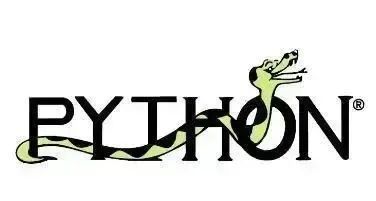
It is recommended not to blindly experiment online when starting out, as there are many Python scraping tutorials available on the internet, but few that are truly aimed at beginners. Find genuinely useful high-quality learning materials, along with guidance from professional teachers, which will not only help you learn Python web scraping but also other Python-related content, greatly enhancing your job prospects.
This concludes my key points on zero-based entry into Python web scraping. When learning Python web scraping, you must repeatedly digest the syntax and logic, such as lists, dictionaries, strings, if statements, for loops, and other core concepts until you master them.
About Python Technical Preparation
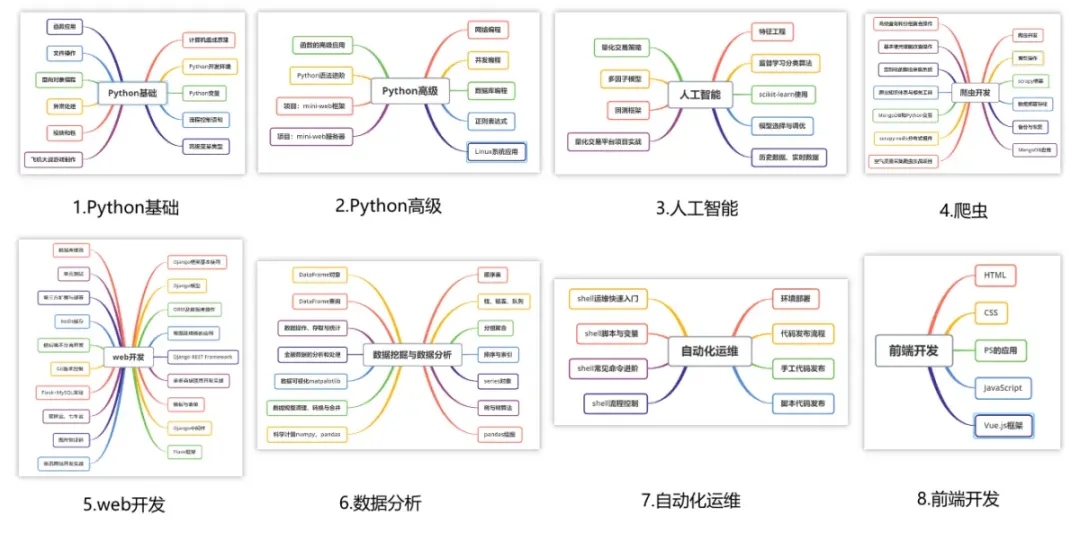
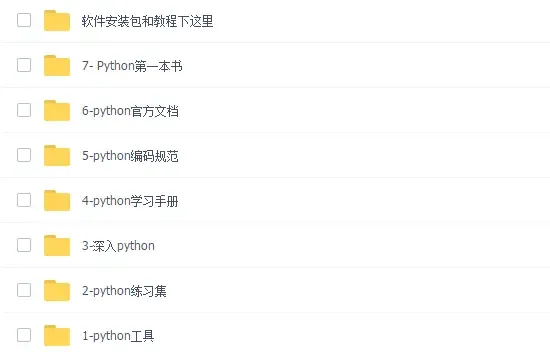
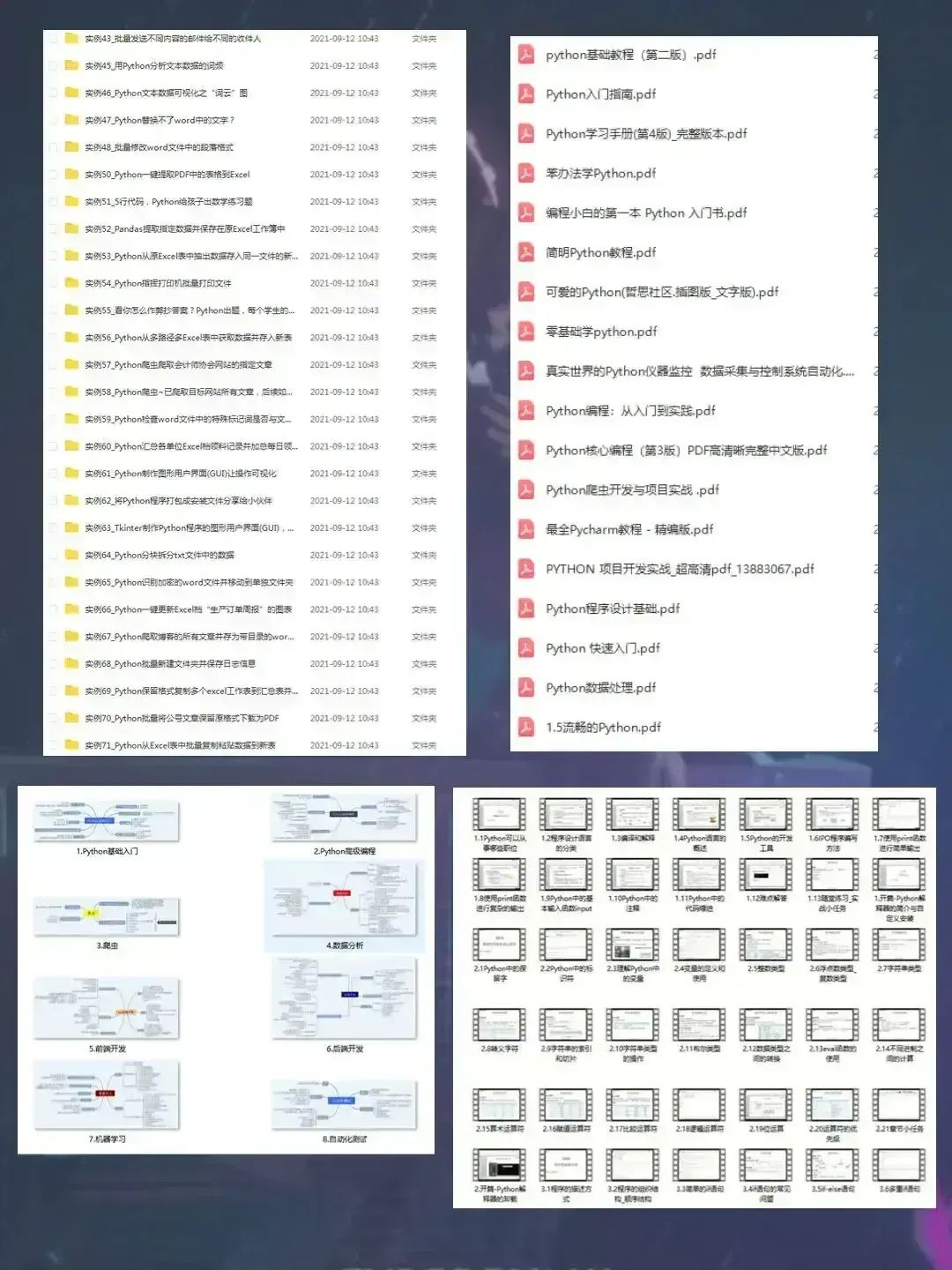


How to Get:
-
Like + Watch Again
-
Reply “python” in the public account
Get the latest 2024 zero-based Python learning materials by replying:“Python”